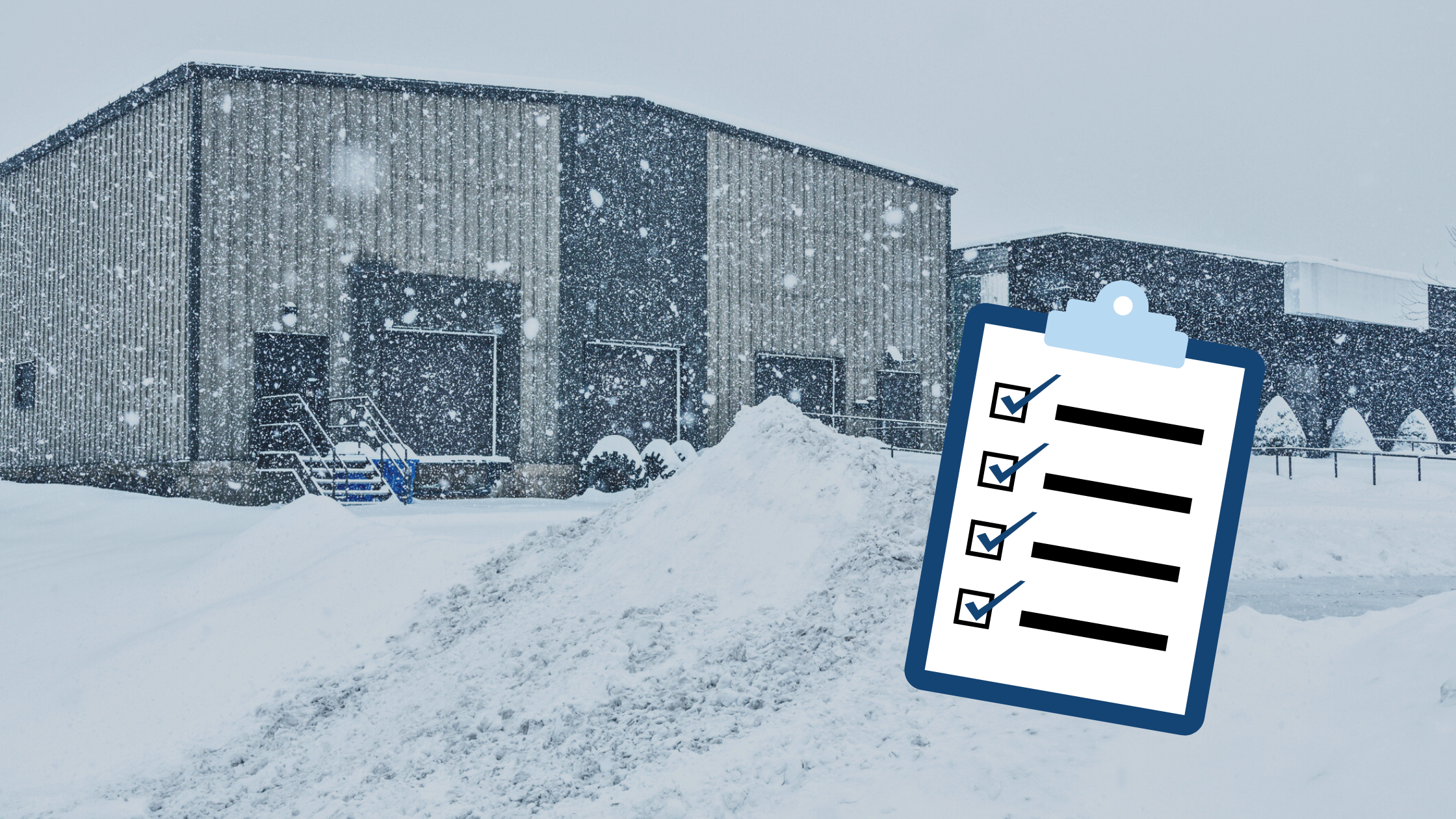Winter storms can hit hard and fast, often disrupting business operations, endangering employees, and impacting productivity. Preparing your business for a storm isn’t just smart; it’s essential for minimizing downtime and protecting everyone on-site. Here are ten practical steps to help you storm-proof your business and keep operations running smoothly, no matter what winter brings.
1. Inspect and Maintain Your Roof and Gutters
The roof and gutters are your first lines of defense against heavy snowfall and ice buildup. Inspect your roof for any weak spots or signs of wear, and clear your gutters of debris to ensure proper drainage. Addressing these areas before a storm can prevent leaks and potential structural damage.
2. Review Your Insurance Coverage
Ensure your insurance policy covers storm-related incidents like flooding, roof damage, and equipment loss. Knowing the specifics of your coverage in advance will make claims more efficient and reduce financial uncertainty.
3. Test and Prepare Backup Generators
Power outages are common during storms, and they can bring business to a standstill. Test your backup generators to confirm they’re operational, fueled, and ready to go. Investing time in this simple preparation can save you from unexpected downtime and lost productivity.
4. Stock Up on Essential Winter Supplies
Make sure your business has an ample supply of winter essentials: sand, salt, shovels, and emergency kits. Preparing with these supplies keeps your site safe for employees and customers and can reduce costly closures or delays.
5. Set Up Snow Melting Mats at Key Areas
To reduce the risk of slips and falls, consider installing snow-melting mats at entrances, walkways, and stairways. These mats keep critical areas free from snow and ice, providing safe access points for employees and customers even in the worst conditions.
6. Update Your Emergency Contact List
Have a readily accessible and up-to-date list of emergency contacts, including repair services, utilities, and essential suppliers. Share this list with key team members to ensure that support is available whenever it’s needed.
7. Communicate Your Storm Plan to Employees
Keep your team informed about the storm preparedness plan, including any potential schedule adjustments. Clear communication ensures that everyone knows what to expect and reduces confusion and worry as storms approach.
8. Protect Sensitive Equipment
Protect vulnerable equipment, such as computers, machinery, and electrical panels, by elevating or covering them. Even minor water damage can result in costly repairs or downtime, so taking these simple precautions is well worth the effort.
9. Secure Outdoor Fixtures and Features
High winds can turn outdoor objects into hazardous projectiles. Bring in or securely fasten items like outdoor furniture, signage, or loose equipment. This small step protects both your property and others in the area.
10. Have a Post-Storm Recovery Plan
A clear post-storm recovery plan ensures you’re ready to bounce back quickly. Make a checklist for inspections, potential repairs, and insurance claims, so everyone knows the steps to restore operations as soon as possible.
In a Nutshell
Winter storms may be inevitable, but with preparation, their impact on your business doesn’t have to be. By following these essential steps, you can safeguard your business, protect your team, and maintain productivity throughout the winter season. Remember, for added safety and convenience, HeatTrak’s snow-melting mats are a reliable solution for keeping key areas clear of ice and snow, reducing hazards and allowing your business to operate smoothly—even when the weather is far from ideal.


